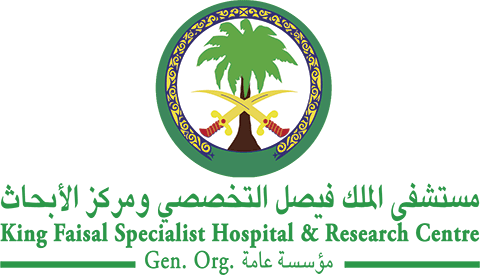Abstract
ABSTRACT: OBJECTIVE: This study aims to compare the polysomnographic features between Arab-Indian and Benin phenotypes of sickle cell disease (SCD). MATERIALS AND METHODS: This prospective cross-sectional study was conducted in the Children’s Hospital at King Fahad Medical City, in Riyadh where children were recruited from the pediatric hematology clinic and pediatric sleep medicine. All families were approached and patients who met the inclusion criteria and agreed to participate were included in the study. RESULTS: Eighty four children (37 of whom were females) with SCD were included in the study. Their median (interquartile) age was 9 (6.65, 11) years and their body mass index z-score was -1.45 (-2.195, -1.45). The evidence of obstructive sleep apnea (OSA) was more prominent in the Benin phenotype (66.7%) in comparison to those of the Arab-Indian (35.2%) phenotype (p=0.006). Additionally, 56.7% of Benin had moderate to severe OSA whereas Arab-Indian had 18% with a (p=0.0003). Controlling for other factors, the odds ratio (confidence interval) of having OSA in Benin phenotype was 4.68 (1.42- 15.38) times higher as compared to Arab-Indian phenotype. CONCLUSION: The risk of having OSA as well as the severity of OSA is higher in Benin phenotype as compared to Arab-Indian phenotype which indicates the presence of potential OSA risk factors other than the SCD itself.
Recommended Citation
AlSaleh, Suhail; Alshehri, Norah; Alsiddiqi, Sara; Rayis, Mohmmed; Eltahir, Safa; AlDajjam, Khaled; Alzaid, Mohammed; and Alotaibi, Wadha
(2024)
"Sickle cell disease phenotypes and obstructive sleep apnea; are they related?,"
Hematology/Oncology and Stem Cell Therapy: Vol. 17
:
Iss.
2
, Article 5.
Available at: https://doi.org/10.56875/2589-0646.1116
Creative Commons License

This work is licensed under a Creative Commons Attribution-Noncommercial-No Derivative Works 4.0 License.
Included in
Cancer Biology Commons, Hematology Commons, Oncology Commons

